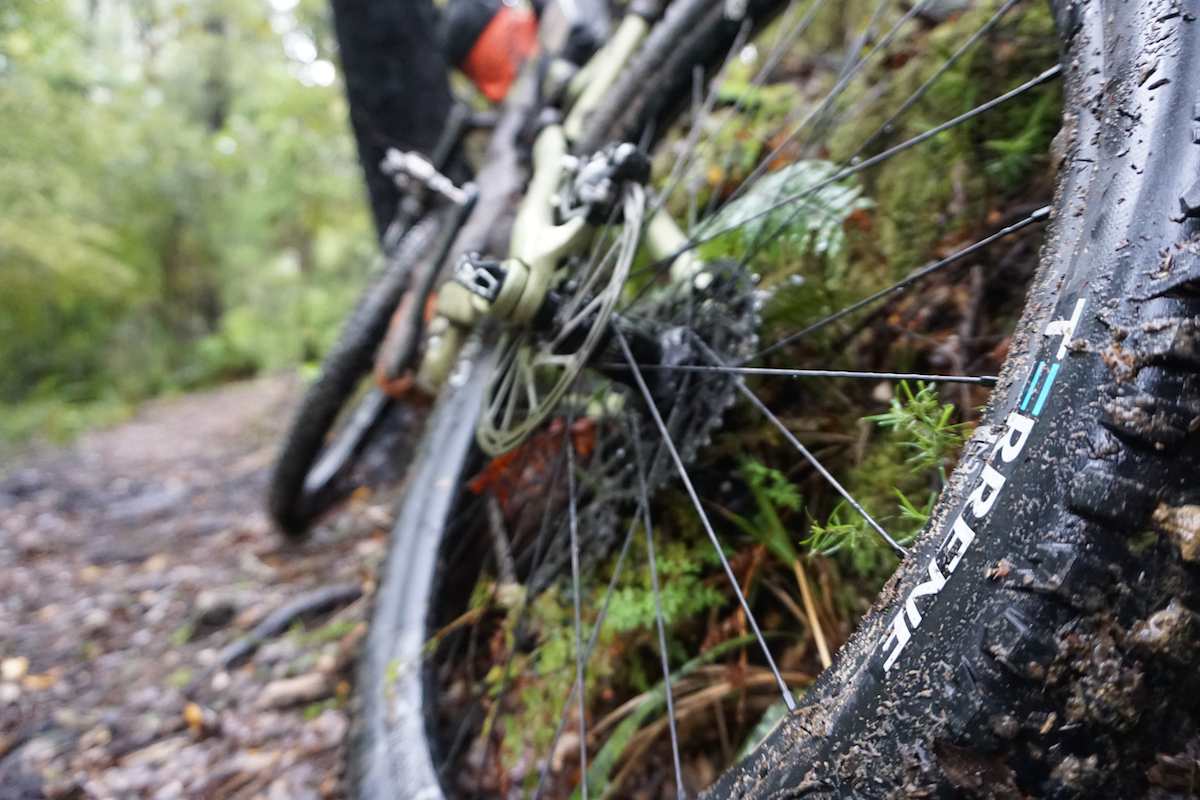Welcome to Tire Tech, Bikerumor’s new mostly-weekly series on bicycle tires. Like our Suspension Tech and AASQ series, we want to hear from you so we can get answers to the questions you have about tires, whether it’s road, cyclocross, fat, plus, gravel, or mountain bike.
The simple question is “What’s the proper tire pressure for mountain bikes?” The better question is “How does tire pressure mate with the tread design to maximize traction?”
Other than the max limit printed on every sidewall there are few hard and fast rules governing tire pressure. Even that number is an educated guess on the part of the manufacturer. It’s not intended to indicate the point at which the tire explodes. Rather, it’s actually a ballpark estimate of the amount of pressure a rim can endure before failing.
Most riders aren’t trying to avoid a catastrophic disaster when eyeballing their pump gauge, they just want to know how much air is the right amount of air. Making that determination demands an understanding of how tires work and to what extent rider weight, trail conditions, and riding style contribute to their performance. With no magic formula to follow it’s easy to get it wrong. But if you nail it, your tires will offer magical traction and efficiency.
Traction and control
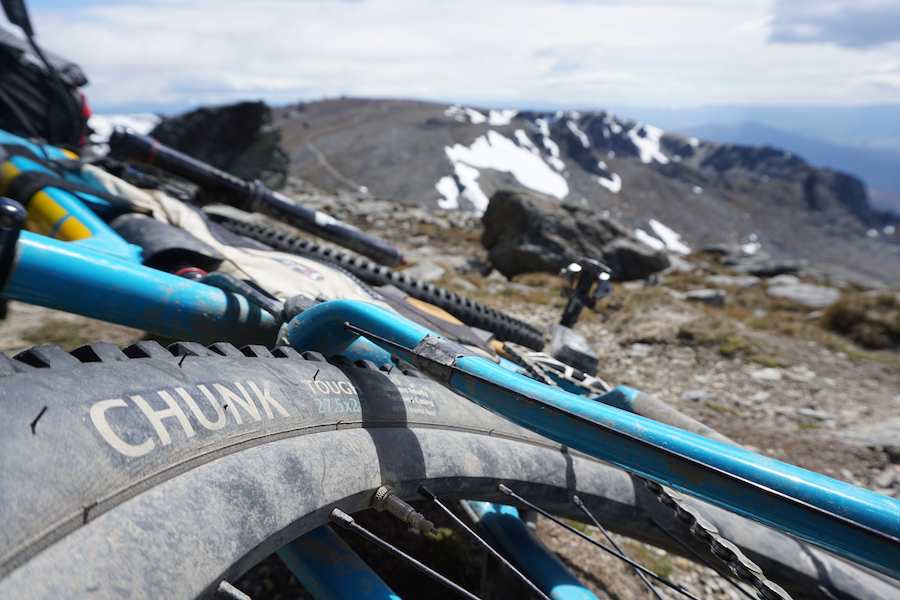
The best way to maximize traction is to put as much tire on the ground as possible. Manipulating air pressure allows riders to fine-tune the size of the contact patch to best suit surface conditions. When riding on loose surfaces a lower PSI and larger footprint will produce the best grip. Less obvious is how air pressure helps optimize your tire’s tread features. Anders Broste of Terrene Tires explained the nuance of pneumatics to us:
“With regard to cornering, the side knobs on a tire are supported by the side wall. When pressure is too low the sidewall will not give the knobs the support they need, and in corners the tire folds resulting in a squirmy feel and a skidding tire. For braking, if a tire doesn’t have enough pressure the knobs will fold backwards making the square edge intended for braking a less effective ramp.”
Another detriment to squishy tires is an overall lack of support to brace against the dynamic forces of braking, accelerating, turning, and all the other elements of riding on rough surfaces. Anyone who has suffered a slow leak knows the feeling of a collapsing sidewall as it wiggles through a turn. If your pressure is low enough to wrinkle the sidewall you’re probably pushing your luck and risking pinch flats, sidewall cuts, or catastrophic rim damage.
Conversely, when the terrain gets choppy an over inflated tire is hard to control as it bounces down the trail like a pin-ball. This demands increased steering inputs and greater physical effort to keep the bike on course. Although a lower PSI won’t turn a rock garden into a velvet carpet, softening even a few harsh impacts makes a significant difference.
Rolling efficiency
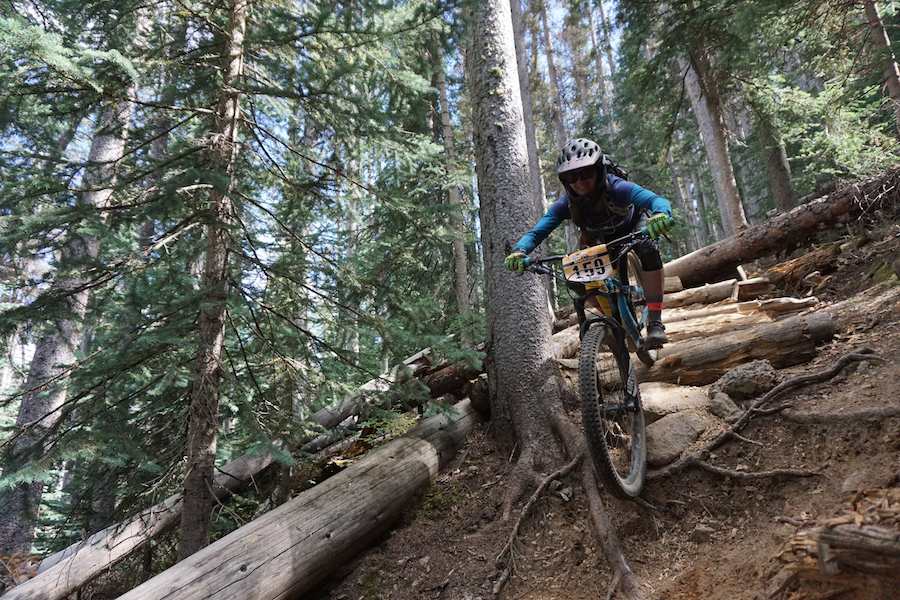
Proper tire pressure is essential to maximizing rolling efficiency, provided you avoid the extremes. On the lower end of the pressure spectrum are the negative influences of histeretic losses. That’s the science class term for the resistance caused by excessive flex in the tire sidewall. On the upper range of the tire pressure scale are efficiency killers like newly discovered suspension loss.
To clarify, we’re not talking about tire pressure affecting your bicycle’s suspension. Too-firm transmit vibrations through the bicycle to the rider. The vibrational friction between body tissues creates heat, or energy. That is energy wasted as it does nothing to propel the bicycle forward. As abstract as that concept seems, every rider can relate to the continual pounding a bike can deliver and how exhausting it is.
Additionally, there’s traction losses. In order for a tire to roll efficiently over rough terrain, it has to be able to conform to the irregularities in the trail surface. Instead of absorbing the impact forces of small bumps, a firm tire will deflect, sometimes violently. This disruption to the contact patch interrupts the transfer of pedaling forces to the ground and causes the tire to skip and spin.
As Broste explains, “When climbing technical terrain it’s very helpful to allow the tire to absorb small impacts like square edged rocks and roots. This allows the rider to not get bounced around which can result in a loss of balance.”
So, the question is, how do you get it just right?
When to add more air
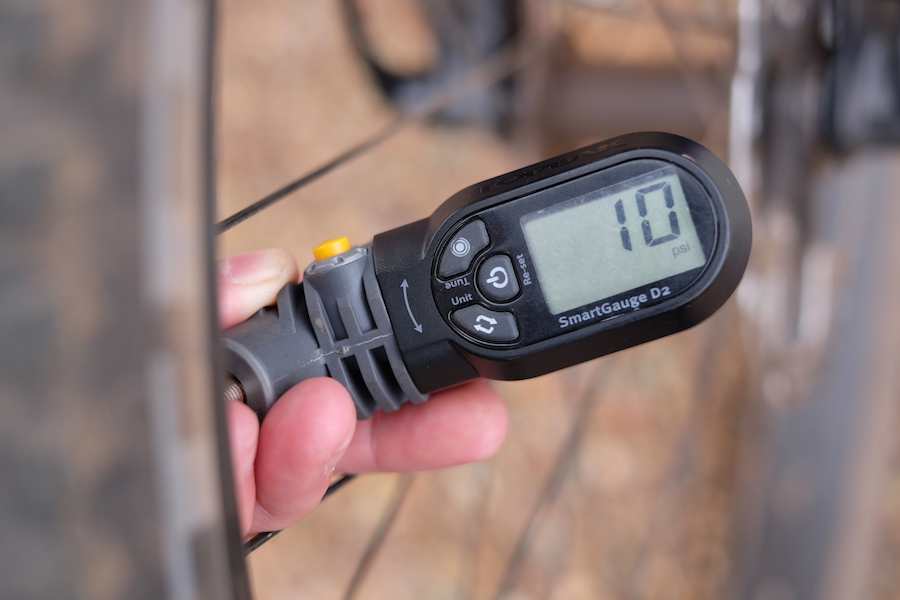
To maintain the optimal contact patch, heavier riders require added pressure. Increased PSI also defends against rim strikes and pinch flats, particularly when tackling rocky and root-strewn trails. The TPI (thread per inch) of the tire casing and thickness of the sidewalls may benefit from extra air as tires made with a high TPI casings are often quite supple. Higher TPI Casings are thinner because they are able to be laminated with less rubber, so they have less inherent material support and typically need more pressure for sufficient support. If you spot visible cross-hatch cords appearing in your sidewalls, that could be an indication the casing fibers are damaged due to excessive flexing. That’s your hint to increase your PSI.
Riding style also has much to do with air pressure requirements. Don’t confuse that with skill level. Some riders flow through a minefield of jagged rocks unscathed. Others can shred a sidewall on a bike path. An honest look inward will tell you which tribe you belong to. If you’re prone to pound your way through technical sections, extra air is advised.
When to purge a little air
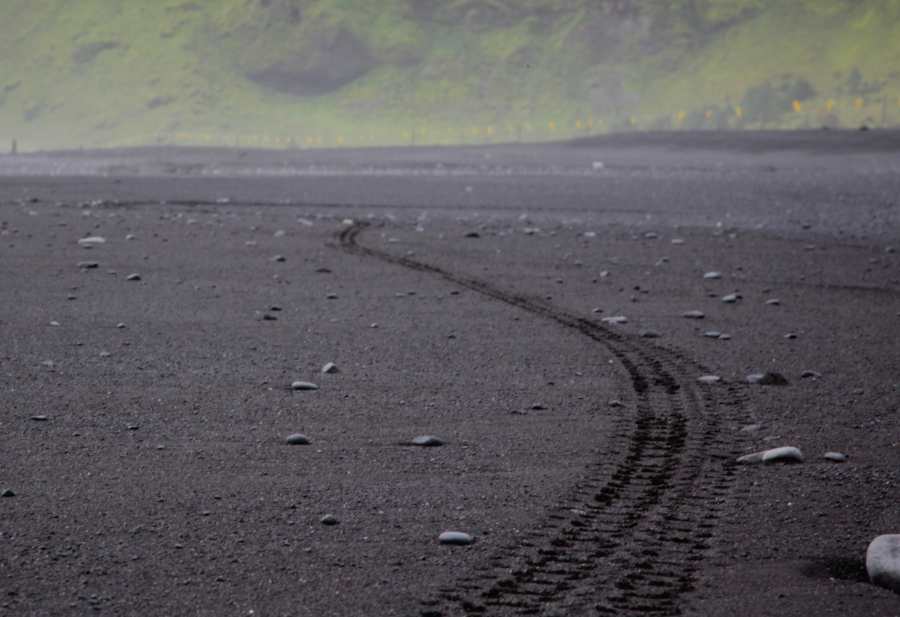
Lighter riders will always require less air to achieve the same amount of tire deflection as their larger partners. Terrain matters, too. Riding on sand and snow will best pair with low PSI as it increases the contact patch and helps the wheels float atop the soft surface. Tubeless tires have a lower risk of flats due to rim strikes and can get away with lesser inflation levels, which is a primary advantage of tubeless tires.
If you find yourself struggling to maintain traction, always check your tires and remove as much air as you deem prudent. If you ride tires with low thread-count, they may require a slight reduction in pressure to offset their stiffer sidewalls. If you notice excessive damage and chipping to the knobs on your tires you might be running a higher PSI than ideal.
How much is just enough
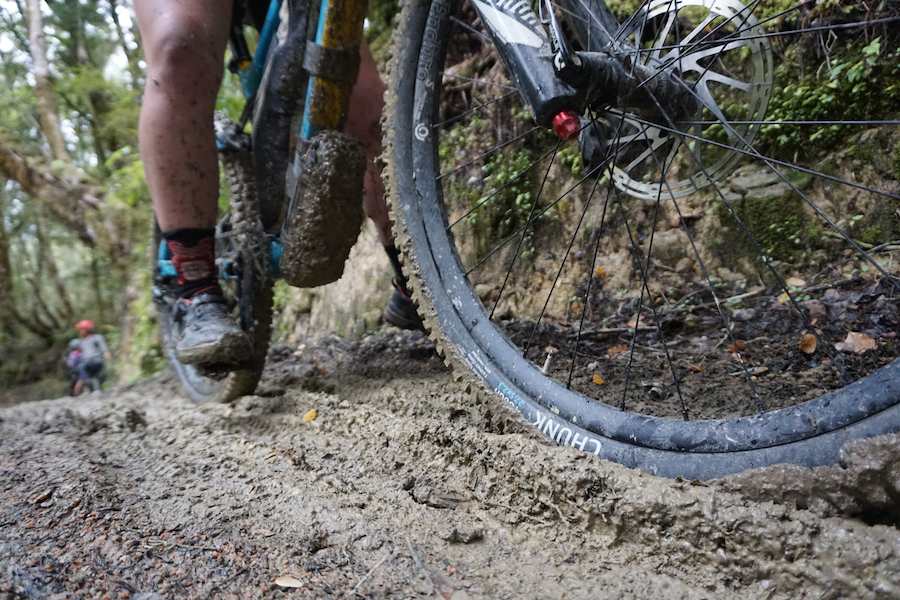
Although it sounds complicated, managing tire volume, rider weight, thread count, and trail conditions to derive an ideal pressure level is not difficult, at least in theory. The end goal is to land somewhere between too much and not enough. On the upshot, that range is considerably larger than what many tire pressure pedants believe.
It will require some experimentation, and conditions will always keep you guessing, but the concepts here provide you with some things to consider and watch for. Ultimately, the ideal air pressure is as low as you dare go without incurring any of the negatives of under inflation.
This Episode presented by Terrene Tires. At Terrene, we put riding at the center of the experience. We understand what matters most—be it an afternoon on your favorite stretch of singletrack, a long day on an unending dirt road, or a worldwide tour. We took what we have learned through decades in the bicycle industry to bring you tires that are designed to ride how you do. From the very beginning of the process until the tread hits the dirt, we bring together our experience in product development and a passion for riding to create tires that are ready to ride for people that live to.
Pumped on this? Got a question you want answered? Email us. Want your brand or product featured? We can do that, too.
